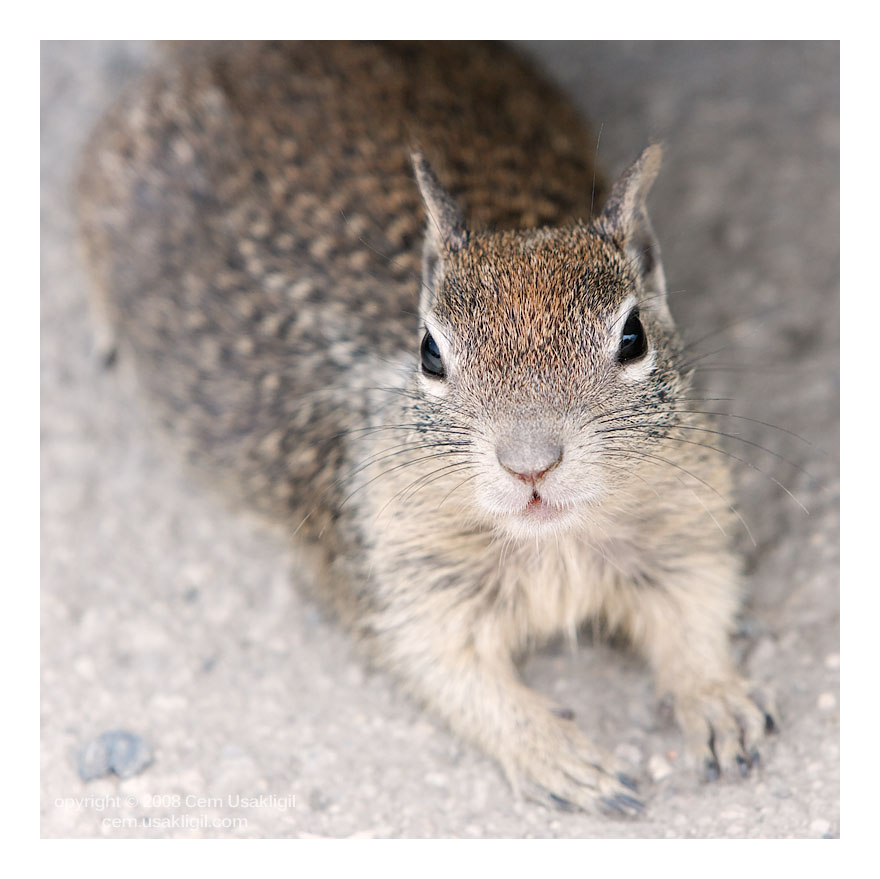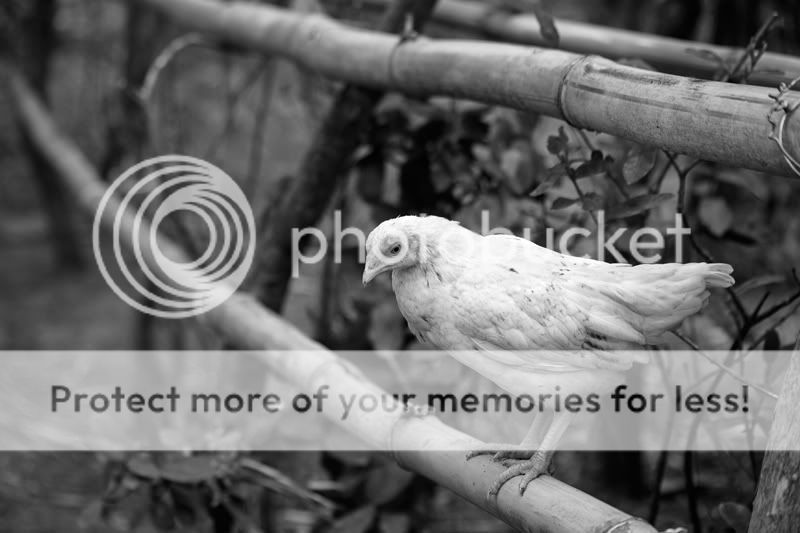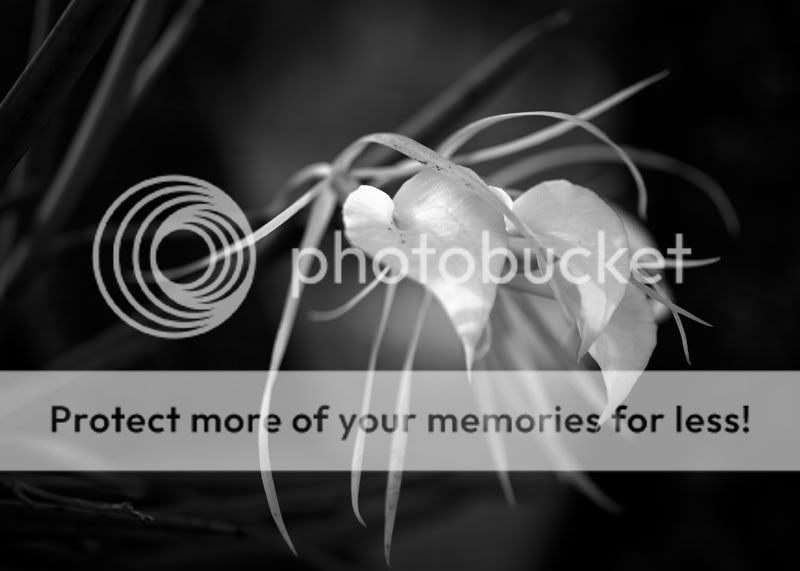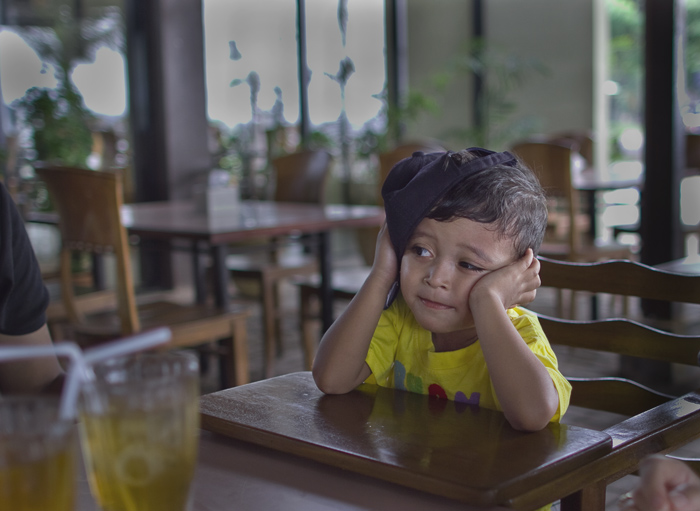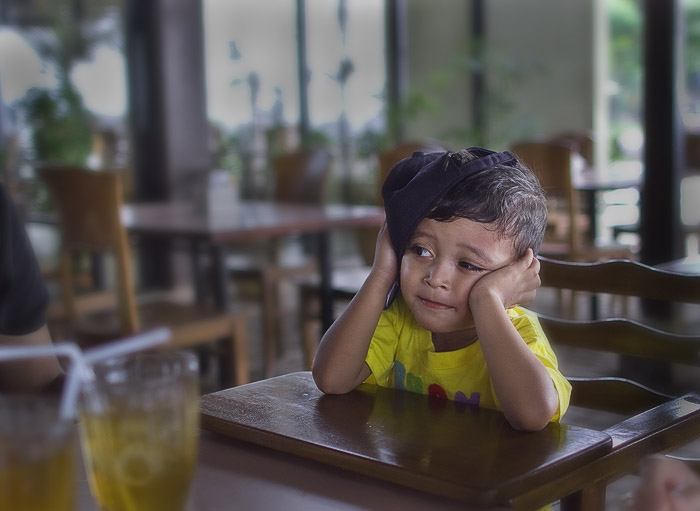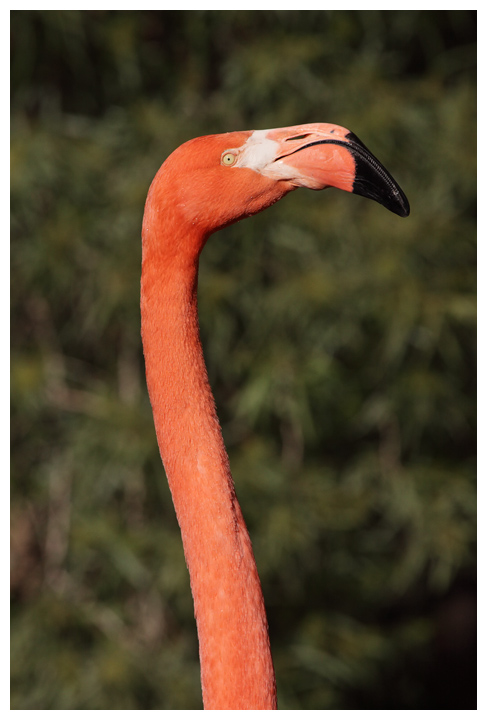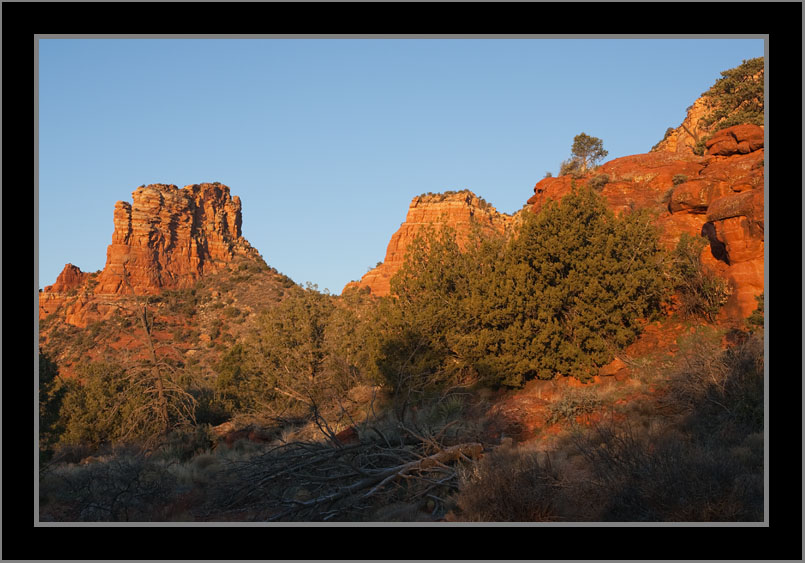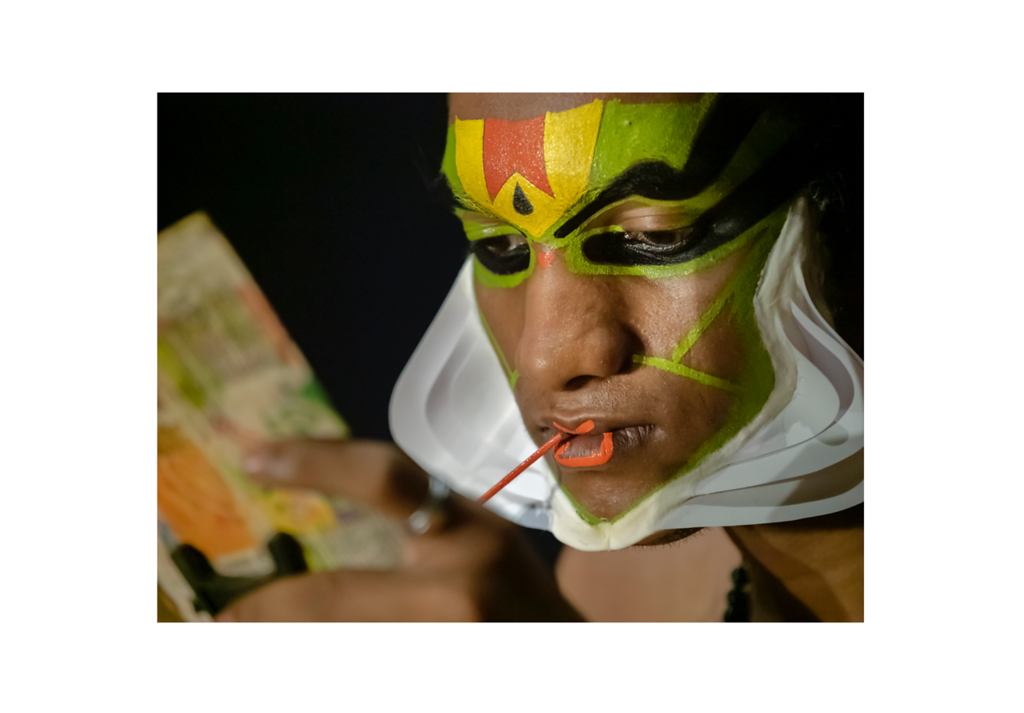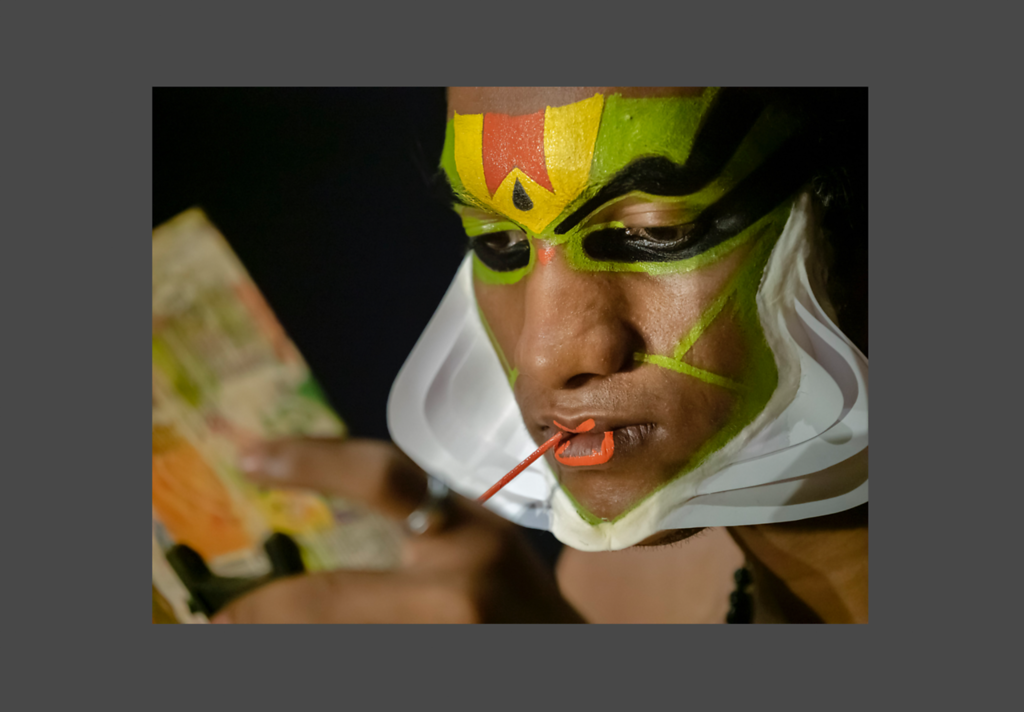Asher Kelman
OPF Owner/Editor-in-Chief
I am realizing that we should make ourselves aware of the ways n which our great concept can be best presented, either on paper or on the web. We have discussed choice of the background on which a picture is placed. We did that as part of the "business" and feedback we can have in an open forum. Now let's separate that narrow purpose and look at a multitude of factors. So, yes, the first post I have cloned here does refer to background as that's an obvious factor. So we start with that. Still, there's much more as we shall see in the posts that follow.
So, please post great examples where the picture carries it's own mechanism for presenting the concept of the photographer. Use any method as long as it clearly helps the subject get good attention in our busy worlds. We need examples of great Bokeh, vignetting and any other stratagems that allow a picture to survive our distractions.Asher

So, please post great examples where the picture carries it's own mechanism for presenting the concept of the photographer. Use any method as long as it clearly helps the subject get good attention in our busy worlds. We need examples of great Bokeh, vignetting and any other stratagems that allow a picture to survive our distractions.Asher

Last edited:

